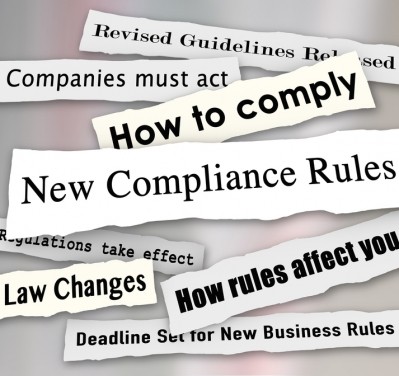Praise for EFSA’s more ‘streamlined’ reporting guidelines

“The document helps study authors to explain ‘what was done and how it was done’ in a standardized and harmonized way by providing a step-by-step check list of reporting requirements,” said the Parma based EU risk assessor.
Martin Pigeon, researcher at anti-lobby group, Corporate Europe Observatory (CEO), backed the initiative:
“Streamlining the reporting requirements should allow companies and scientific bodies to better judge the quality of studies submitted to the Authority.
We have been calling for EFSA to move in this direction for a long time and we applaud the use of language such as ‘reproducibility of results’ and ‘transparency objectives’ in the report.
But we hope this is just the start of the conversation, and not the answer to the bigger debate on how best to integrate studies sent to EFSA for product assessment into the normal work of the scientific community,” he told us.
EFSA said the guidance, once finalized, can be applied to statistical reporting in scientific outputs produced by it, or on its behalf, as well as studies sent to the Authority as part of a dossier for the evaluation of food and feed additives, pesticides or health claims.
Applicants should document a study’s objectives, sources of data, overall design, data quality, analysis methods, results and interpretation, according to EFSA’s report.
End to disputes over product assessments?
The EU food and feed watchdog said the guidance can contribute to better study planning, potentially reducing the need for follow up work that can delay scientific assessments such as dossier clock stops when it is required to request extra data for product evaluations.
“The reports delivered as supporting documents to EFSA frequently lack key information. As a consequence there is a need to request clarifications, thus increasing the time and the effort needed for the assessment.
The availability of clear and detailed recommendations on the reporting should help to shorten the process and minimize disputes,” said the watchdog.
EFSA held an open public consultation on the draft guidance document and contacted other EU agencies for feedback before the report was finalized.
It said the comments it received through this process allowed it to “further refine and improve the quality” of the guidelines.
The guidance report can be read here.















